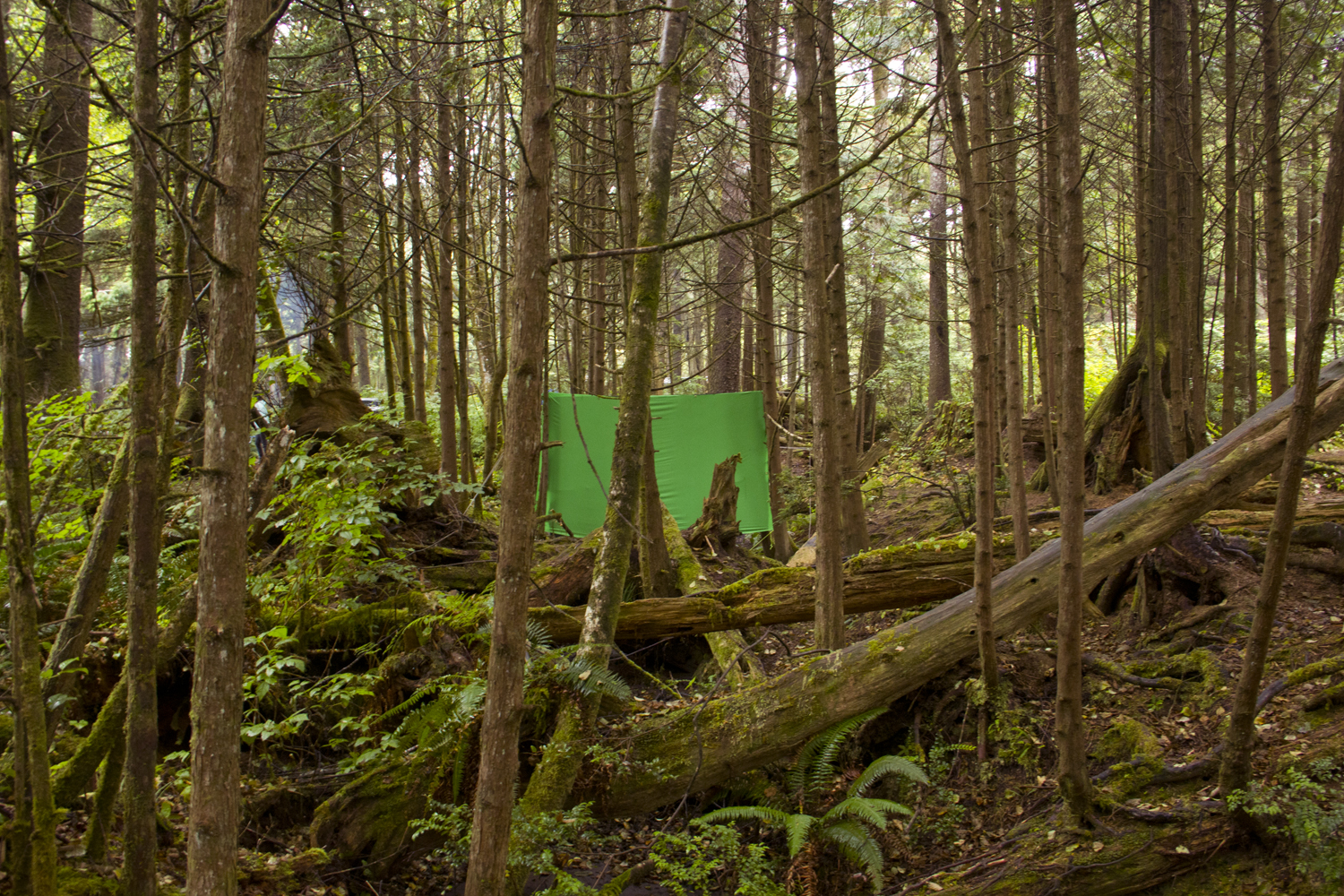Only Mirrors Exist, For Example a Tulip
Spokane Falls Community College and Eastern Washington University
2012
Spokane Falls Community College and Eastern Washington University
2012
 Green Screen, Far, 2012 / Green Screen, Near, Eastern Washington University, archival inkjet prints
Green Screen, Far, 2012 / Green Screen, Near, Eastern Washington University, archival inkjet prints



 Installation views with photographs and ceramics
Installation views with photographs and ceramicsEastern Washington University / Spokane Falls Community College
 Urgent Objects (no.1 & no.2), porcelain and glaze
Urgent Objects (no.1 & no.2), porcelain and glazeEastern Washington University / Spokane Falls Community College

Green Screen, Far, 2012 / Green Screen, Near, Eastern Washington University, archival inkjet prints
“I’m an urgent object.”
“I love objects insofar as they do not love me.”
“But what is a mirror? The word mirror doesn’t exist, only mirrors exist, since a single one is an infinity of mirrors.”
- Clarice Lispector, from Agua Viva
[ ] [ ]
This is a doubling, the exhibition is. A selection of objects and images arranged in two places simultaneously: Eastern Washington University as represented in the images on the left and Spokane Falls Community College as seen in the images on the right, respectively. One exhibition reflects the other but neither comes first, even in memory. A twin is not its sibling.
This new work is investigating the language of a thing, its insistence and accompanying refusal. There is a mirror and there is a tulip. While both exist as things neither is an object. And we are not really talking about a mirror and a tulip at all anyway. We are speaking of a hole.
The selection of photographs, video and ceramics are situated around a large scale doubled ‘stage’. The twinned ‘stages’ were constructed to push up to the architectural parameters of each site while maintaining a 4’ unit grid. I consider each dimensional grid a reduced platform. One stage stacks on top of the other so that it equals (SFCC) or rises above (EWU) my height.
There are two points of egress at each site, one across from the other. A viewer enters the exhibition from one threshold but to be in proximity to a photograph or object on the other side of the room, the viewer has to exit and walk through the building to enter in the other side of the space. The doubled stage is both generous and refusing.
So how do I make a thing that is not a thing? The selection in this exhibition consciously reflects and evades the thing. It is a study in two places.